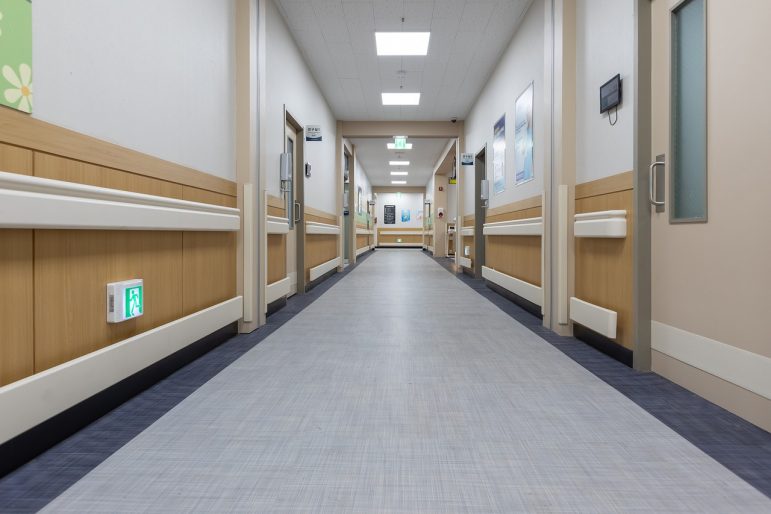A new study published in the American Journal of Infection Control has concluded that adding aerosolized hydrogen peroxide (aHP) to hospital infection prevention protocols can reduce C. diff infections (CDIs).
CDIs are one of the most common infections found in healthcare facilities and cause significant fatality rates in healthcare facilities worldwide, notes the report.
The US CDC reports that CDIs cause approximately 223,000 HAIs per year, resulting in more than 12,000 deaths and US$6.3 billion in costs in the US. A key factor is that C. diff spores are so easily spread through contact with high-touch surfaces in hospitals, including bed rails, equipment, and door handles. Problematically, the spores are resistant to hand sanitizers and most disinfectants.
As a result, hospitals require enhanced protocols for hand hygiene and environmental cleaning to prevent C. diff spread and infection. However, even with consistent implementation of these measures, it is difficult to remove the pathogen from hospital surfaces.
Researchers analyzed CDI rates at a large acute-care facility in Philadelphia over a 10-year period to assess the effectiveness of touchless aerosolized hydrogen peroxide disinfection systems. The systems generate an aerosolized dry-mist fog containing hydrogen peroxide to all exposed room surfaces to kill any C. diff spores that remain after physical cleaning.
The researchers compared the incidence of CDI at the facility before implementing the aerosolized hydrogen peroxide system compared with after implementation. Over a 27-month period prior to implementation of the system, the facility recorded 120 CDIs; following implementation, it reported 72 cases over a 33-month interval, reflecting a 41 per cent decrease in the rate of infection.
Over a five-year period of consistently using the aerosolized hydrogen peroxide system, along with an environmental cleaning program, researchers saw a 74 per cent reduction in hospital-onset CDIs.
“Our study showed that persistence in utilizing an aerosolized hydrogen peroxide system had a significant impact on reducing C. difficile infections hospital-wide,” said Dr. Christopher L. Truitt of Wayland Baptist University of Planview, Texas, the study paper’s lead author.
Ultimately, the report concludes that the addition of a touchless aHP whole-room disinfection system as part of terminal cleaning can result in a significant reduction in CDI rates that have been sustained year after year.








